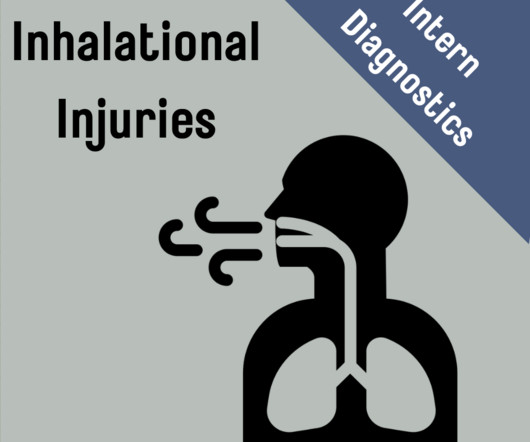Don’t Forget About the IO in the Critically Ill Patient
RebelEM
APRIL 29, 2024
One may speculate that the US-guided CVC placement would have a higher first-pass success rate with fewer complications, however, this may potentially add time to the procedure depending on the operator and institution’s use of ultrasound during emergencies and maintaining sterile technique with the US probe. Ong MEH, Chan YH, Oh JJ, et al.












Let's personalize your content